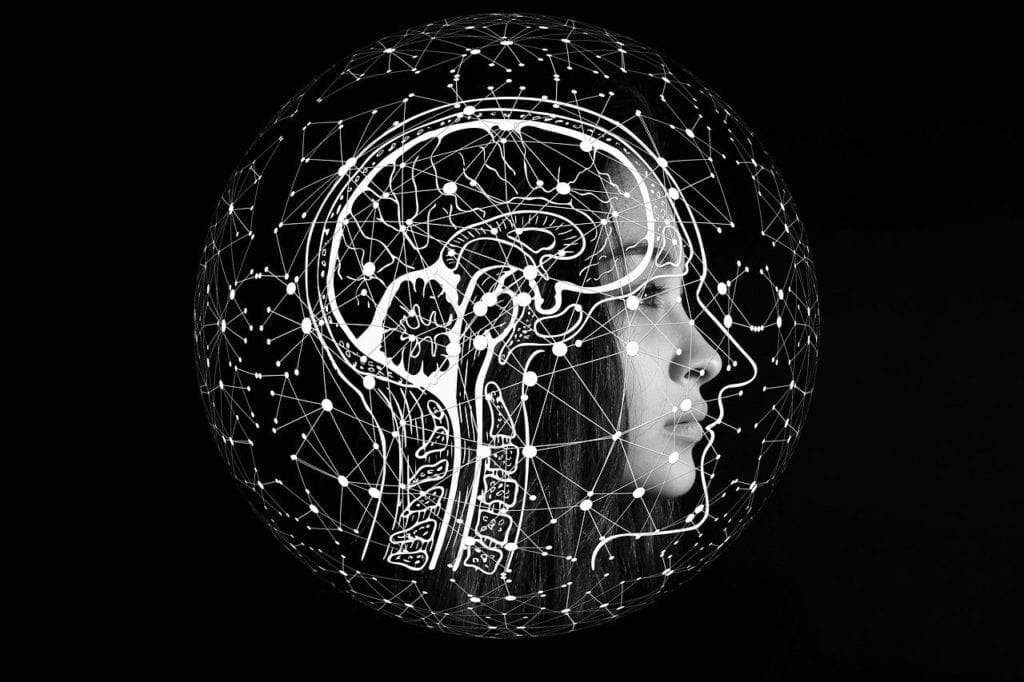Editor’s Note: We believe that patients are a key part of developing and leading the conversation in disease communities. Patient Worthy sometimes partners with reputable agencies that wish to speak with patients about opportunities related to their diagnosed conditions. These opportunities can include activities such as sharing stories with other patients or health professionals about their diagnosis journey or recording video testimonials. To learn more about how to get involved with an opportunity for Alzheimer’s disease patients or caretakers, click here.
For more than two decades, deep brain stimulation (DBS) has been a therapeutic option for people living with Parkinson’s disease. Through regulating brain activity, DBS helps to relieve symptoms and improve quality-of-life (QOL). This same therapy is also approved in Germany for the treatment of other conditions such as dystonia and obsessive-compulsive disorder (OCD). Given that Parkinson’s is a neurodegenerative disease, researchers wondered whether DBS could be a potential therapeutic option for Alzheimer’s disease, a condition with similar neurodegenerative roots.
Fornix Stimulation and Memory Improvement
According to Medical Xpress, researchers from Charité—Universitätsmedizin Berlin, in conjunction with other global research teams, sought to understand the potential of using DBS for patients with Alzheimer’s disease. This desire began in a Canadian research study in which DBS prompted the sudden onset of childhood memories in a patient being treated (note: this patient was being treated for obesity, not for neurodegeneration). At the time of the memory recall, the researchers had been stimulating the patient’s fornix.
So, the researchers wondered, could fornix stimulation also improve memory and reduce symptoms in Alzheimer’s? To determine this, researchers conducted a post-hoc analysis of data from 46 patients with Alzheimer’s who had received deep brain stimulation to the fornix.
They found that the most important factor that influenced treatment response was the exact place where electrodes were positioned. In fact, the most optimal place for electrode positioning is where the fornix and stria terminalis intersect.
More research is needed to better understand how to optimize DBS and what kind of mental and physical impacts it might have on patients. Before DBS can be utilized for Alzheimer’s, clinical research needs to be completed.
Want to read more about the study findings? Take a look at the publication in Nature Communications.
What is Deep Brain Stimulation?
The Cleveland Clinic explains that deep brain stimulation is:
a medical procedure that…uses an artificial electric current to make neurons more active, which can help with the symptoms of several different brain conditions. The electricity [which reaches your brain through one or more wires attached to a small device implanted underneath your skin near your collarbone] stimulates the brain cells.
A Brief Overview of Alzheimer’s Disease
Alzheimer’s disease is a progressive neurodegenerative disease that is considered the most common form of dementia. Genetic, environmental, and lifestyle factors are believed to play a role. Regardless of the exact cause, neurons in the brain disconnect from each other and die. Risk factors include being female, being older in age, having a family history of Alzheimer’s disease, poor sleeping or exercise habits, or prior head trauma (among others). Symptoms and characteristics of Alzheimer’s disease can include changes in mood, behavior, and personality; worsening memory loss; difficulty planning or completing familiar tasks; confusion; hallucinations; language difficulties; and problems with thinking, reasoning, or decision-making. Currently, there are no cures for this disease. Medications such as cholinesterase inhibitors and memantine may help with symptom management.
Editor’s Note: We believe that patients are a key part of developing and leading the conversation in disease communities. Patient Worthy sometimes partners with reputable agencies that wish to speak with patients about opportunities related to their diagnosed conditions. These opportunities can include activities such as sharing stories with other patients or health professionals about their diagnosis journey or recording video testimonials. To learn more about how to get involved with an opportunity for Alzheimer’s disease patients or caretakers, click here.








